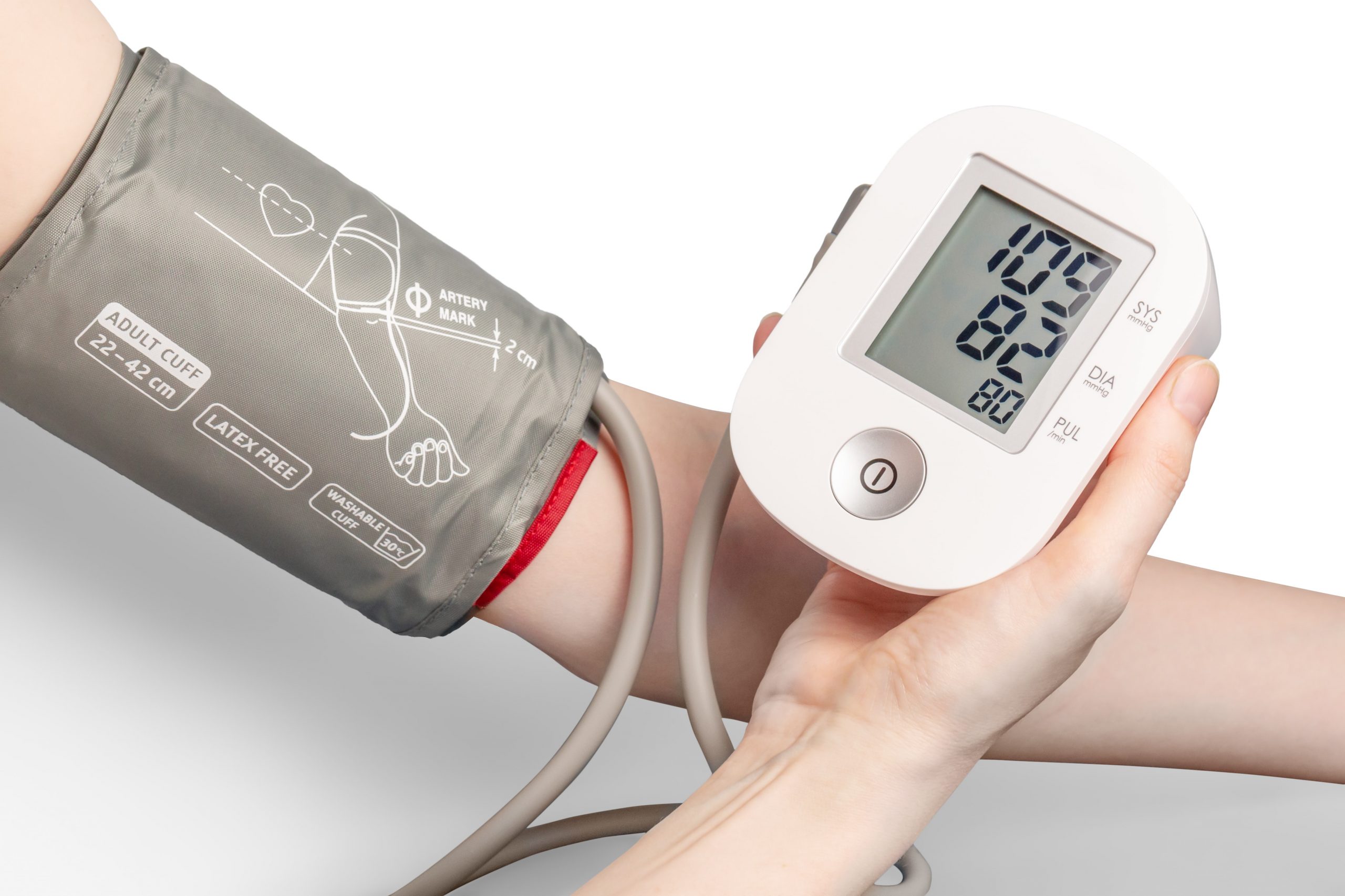ISO 13485:2016 Quality Management Systems

On March 1st, 2016, the approved version of ISO 13485:2016 was published. The publication date was the start of a three-year transition period. Introduced by the International Organization for Standardization in July 2003, ISO 13485 is recognized throughout the world as a quality management system standard designed specifically for medical device manufacturers. It was revised by TC 210 and published as ISO 13485:2016 on 3/1/16. Based on the same basic principles and clause structure as ISO 9001:2015, ISO 13485:2016 is often seen as a crucial first step in ensuring manufacturing and design processes consistently produce quality products that meet regulatory requirements. ISO 13485:2016 is used to assist in the synchronization of quality management systems and medical device regulatory requirements in organizations involved in one or more stages of the life-cycle of a medical device.
• ISO 13485:2016 was written as a model to meet the quality system requirements of various global regulations.
• ISO 13485:2016 is compatible with other “non-quality” management systems such as ISO 14001, or OHSAS 18001.
• If a company meets ISO 13485:2016 requirements, it should easily be able to meet the FDA QSR requirements (21 CFR part 820).
• Risk management is a key element of ISO 13485:2016. ISO 14971 serves as a guide for the application of risk management to medical devices.
• Since ISO 13485 was written as a model for regulatory requirements, it has additional procedures requirements to the procedural requirements of ISO 9001. In addition, it excludes some requirements of ISO 9001 not appropriate as regulatory requirements, so compliance to ISO 13485:2016 does not directly equate to compliance to ISO 9001:2008.
• ISO 13485:2016 adopts the terminology defined in ISO 9000:2015, but there are several key differences in terminology identified in section 3 of the reference standard.
The ISO 13485:2016 standard has eight sections. Three sections are general information for manufacturers about the standard and are not auditable. The certification focuses on the five key auditable sections:
• Quality Management System
• Management Responsibility
• Resource Management
• Product Realization
• Measurement, Analysis, and Improvement
Additional special points and system/process requirements of ISO 13485 include:
• Focus on meeting regulatory requirements
• Risk management systems
• Clinical evaluations and/or evaluation of medical device performance as required by national or regional regulations is necessary for design and development validation
• Product cleanliness and contamination controls
• Requirements for implantable devices
• Proper communication of advisory notices
• Additional research and development requirements
With ISO 13485:2016 registration, manufacturers are provided with a process-based model and approach to developing and improving the effectiveness of a quality management system. ISO 13485:2016 registration also assists in meeting customer and global regulatory requirements by:
• Maintaining global recognition as the best quality practices from companies within the medical device industry
• Enabling companies to work within various countries and organizations, meeting necessary regulations and obligations
• Helping to create an organized framework in which companies can maintain and evaluate their processes and customer response
• Providing a framework to ensure maintenance and improvement of the effectiveness of those processes with applicable requirements
• Enabling improved performance, such as increased sales, increased timeliness in getting products to the global marketplace, reduced costs, fewer errors, less waste, better use of time and resources and a lower product failure rate
• Demonstrating compliance with European Union Directives through establishment and independent assessment of the quality management system
• Companies who manufacture private label medical devices and hope to eventually place them in the EU market
• Organizations that design and assemble medical devices
• Medical component manufacturers
• Manufacturers that want to prepare for future IVD regulatory obligations to enter the EU
• Companies who store and/or distribute medical products
• Companies who install and/or service medical devices
• Companies that design, develop, or provision associated services (e.g. technical support)
